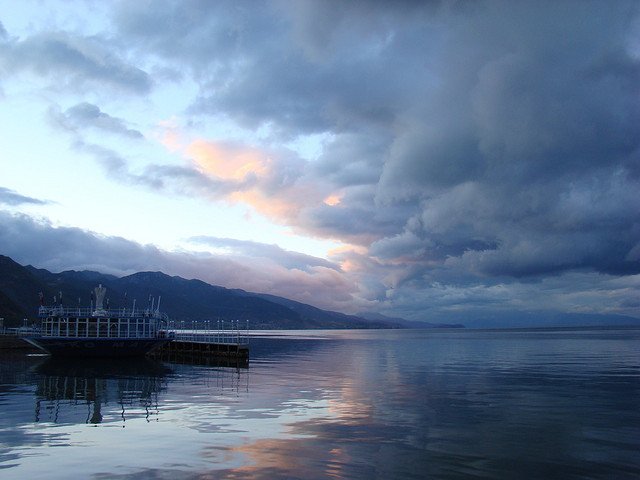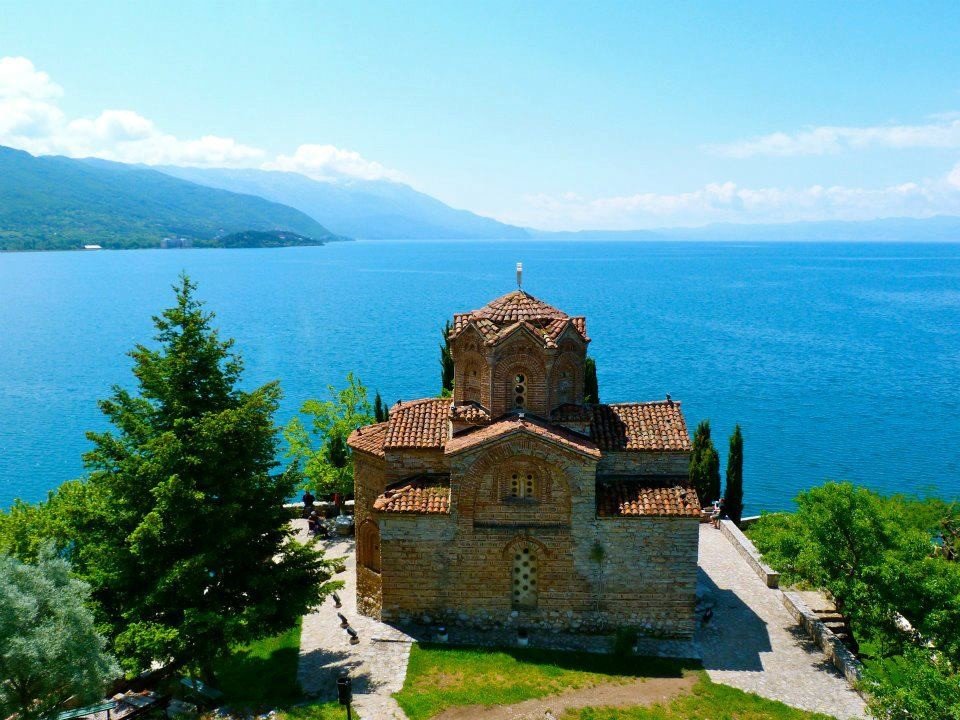Lake Ohrid
This sightseeing attraction is related to the following countries:MacedoniaAlbaniaLake Ohrid is located on the border of Macedonia and Albania. It is the deepest and oldest lake in the Balkans and has preserved a unique aquatic ecosystem, represented by more than 200 endemic species of global importance. In 1980 Ohrid and Lake Ohrid were included in the list of UNESCO World Heritage Sites.
.The maximum depth of the lake is 288 m, the average depth is 155 m.










Origin of the lake
Lake Ohrid belongs to a group of basins that were formed due to a geotectonic deflection that occurred during the Pliocene Epoch, about five million years ago on the western side of the Dinaric Alps. There are only a few lakes in the entire world whose origins are similar, the best known being Lake Baikal and Tanganyika. Most other lakes have a life cycle of less than 100,000 years, after which they are finally filled with sedimentary rocks. It is assumed that in the case of Lake Ohrid this process has been prolonged due to the great depth and small amount of sediment from the flowing streams. In addition, the Ohrid-Korca graben to the south of the lake is still tectonically active and may compensate for sedimentation by dipping.
.Hydrology
The catchment area of the lake is about 2600 km², the lake is fed primarily from underground springs on the eastern shore (about 50% of the total water flow), in addition about 25% comes from rivers and precipitation. More than 20% of the water flows into Lake Ohrid from the neighboring Lake Prespa, located 10 km to the southeast, whose water level is 150 m higher than that of Lake Ohrid. The water from Lake Prespa enters through underground pathways in the karst. Water leaves Lake Ohrid through evaporation (~40%) and through the only outflowing river, the Black Drin, which flows northward into Albania and merges with the White Drin to form the Drin River. Due to the direction of the winds and the rotation of the Earth, the water on the surface of Lake Ohrid flows mainly counterclockwise along the coast. In terms of vertical water exchange, convective mixing predominates during the cold winter period. But even in winter only the upper 150-200 meters of water are mixed, below this level the layers remain stable in their salinity. The average water temperature in summer is about +21 °C.
.Fauna
One of the most remarkable qualities of Lake Ohrid is its endemism. As in Baikal and Tanganyika, the endemic species of Lake Ohrid occupy the entire food chain, from phytoplankton, plants, zooplankton, carps, to predatory fish and finally a diverse endemic benthic fauna. Especially endemism is observed in crustaceans, mollusks, sponges and planaria. Eels inhabit the lake.
.How to get there
There are direct flights to Ohrid from Moscow, about once a week. To avoid waiting for a charter, you should fly to Belgrade, and from there take domestic flights to Ohrid. The total length of the flight will be about 6 hours.
.In addition, the airport, which is located 7 kilometers from Ohrid, receives flights from Zurich, Ljubljana, Tell Aviv, Vienna, Amsterdam and Düsseldorf.
.